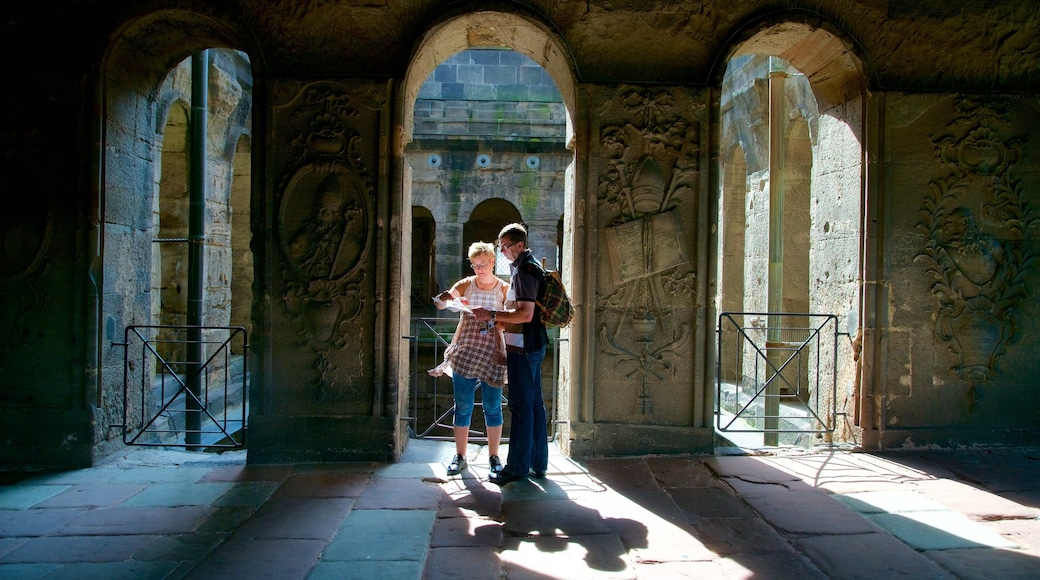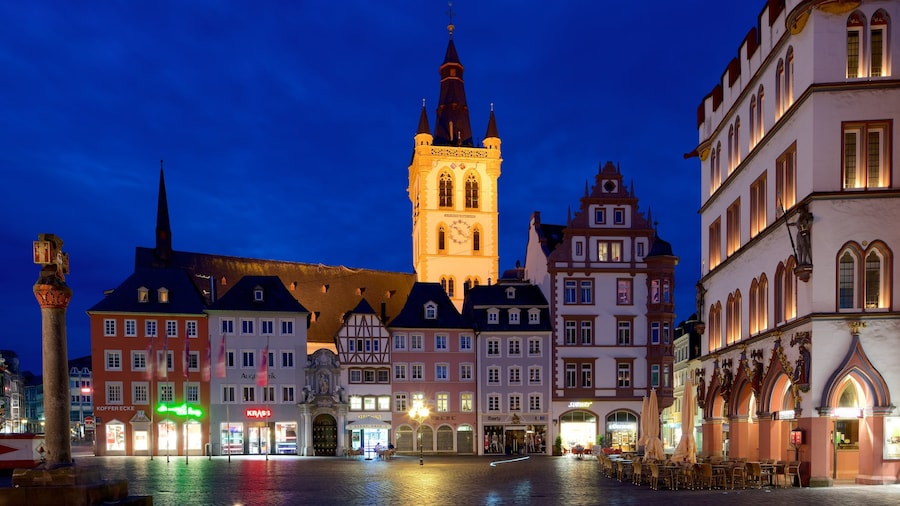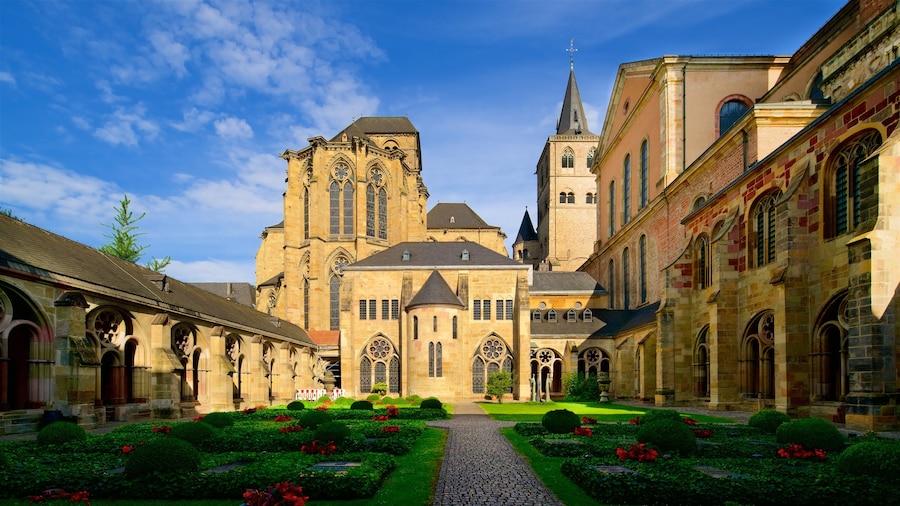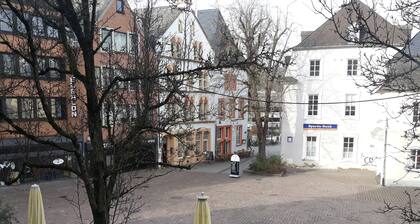Porta Nigra





Kunjungi Porta Nigra
Tempat populer untuk dikunjungi

Hauptmarkt
Anda dapat mengetahui sejarah dari Altstadt Trier saat Anda mampir ke Hauptmarkt. Luangkan waktu untuk mengunjungi monumen dan katedral saat Anda berada di area ini.

Katedral Trier
Anda dapat mempelajari sejarah dari Altstadt Trier dengan perjalanan ke Katedral Trier. Jalan-jalan di sekitar tepi laut area ini atau kunjungi monumen.
Simeonstift
Anda dapat mengetahui sejarah dari Altstadt Trier dengan mengunjungi Simeonstift. Jalan-jalan di sepanjang tepi laut atau kunjungi monumen saat Anda berada di area ini.
Klosterkirche der Barmherzigen Bruder
Jika Klosterkirche der Barmherzigen Bruder adalah alasan Anda pergi ke kota ini, semoga Anda memiliki kesempatan untuk lebih menjelajahi Altstadt Trier.
Ehemalige Bischof Korum Haus
Cari tahu sejarah dari Altstadt Trier saat Anda meluangkan waktu di Ehemalige Bischof Korum Haus. Jalan-jalan di sepanjang tepi laut atau kunjungi monumen saat Anda berada di area ini.
Kurie Zur Eiche
Cari tahu sejarah dari Altstadt Trier saat Anda melakukan perjalanan ke Kurie Zur Eiche. Luangkan waktu untuk mengunjungi monumen dan katedral saat Anda berada di area ini.
Opsi Penginapan Terbaik Dekat Porta Nigra
Cek ketersediaan hotel di dekat Porta Nigra



